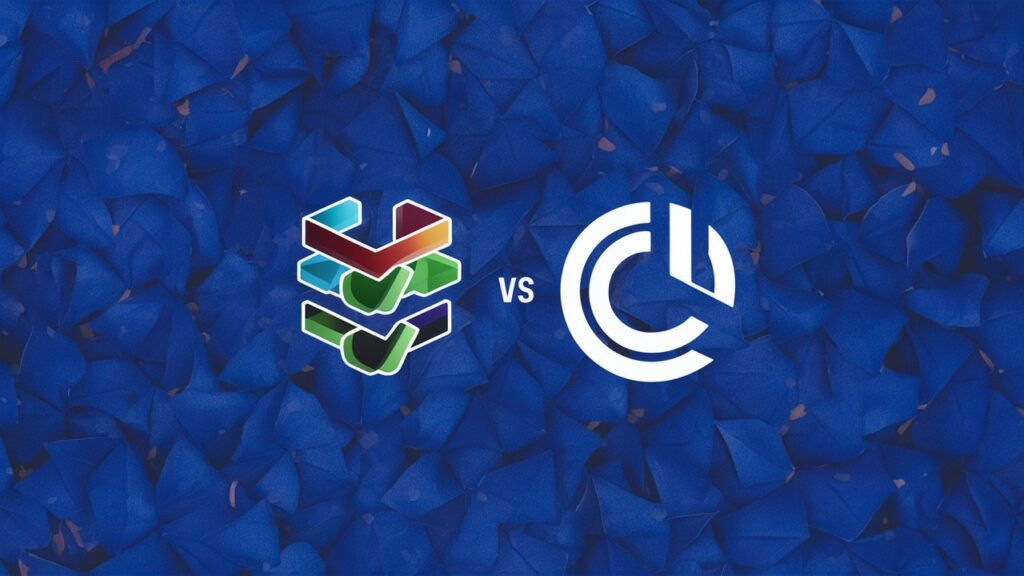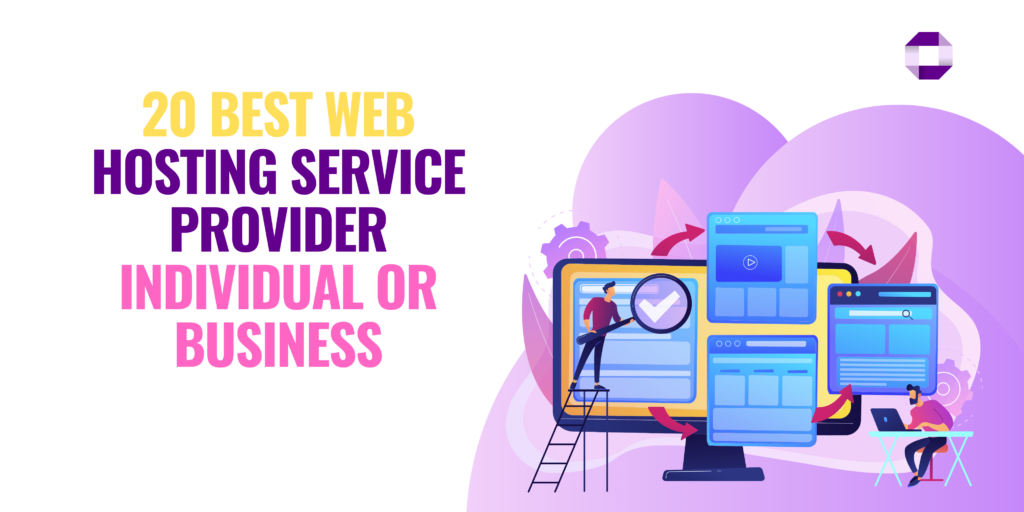As a marketer, you’re constantly on the lookout for tools that can help you streamline your sales funnel and increase conversions. Two popular options that have gained traction in recent years are ClickFunnels and Unbounce. Both platforms offer drag-and-drop funnel builders, customizable templates, and integrations with various marketing tools. But which one is right for you?
Overview of ClickFunnels
ClickFunnels is an all-in-one sales funnel builder that allows you to create high-converting sales funnels, landing pages, and websites. Founded by Russell Brunson in 2014, ClickFunnels has become a household name in the marketing world.
Pros:
- Comprehensive suite of features: ClickFunnels offers a wide range of features, including email marketing automation, affiliate management, and membership sites.
- Intuitive interface: The drag-and-drop editor is user-friendly and easy to navigate.
- High-converting templates: ClickFunnels offers a vast library of pre-designed templates for various industries and niches.
- Strong customer support: ClickFunnels has a reputation for providing excellent customer support.
Cons:
- Steep learning curve: While the interface is intuitive, the sheer number of features can be overwhelming for new users.
- Expensive: ClickFunnels’ basic plan starts at $97/month, which may be out of budget for small businesses or solopreneurs.
Overview of Unbounce
Unbounce is a landing page builder that focuses on creating high-converting landing pages and pop-ups. Founded in 2009, Unbounce has established itself as a leader in the landing page space.
Pros:
- Easy to use: Unbounce’s editor is user-friendly and easy to navigate, even for those without design experience.
- Flexibility: Unbounce allows you to create custom layouts and designs using a drag-and-drop interface.
- Affordable: Unbounce’s basic plan starts at $75/month, making it more accessible to small businesses and solopreneurs.
- Integration with popular marketing tools: Unbounce integrates seamlessly with popular marketing tools like Mailchimp, HubSpot, and Salesforce.
Cons:
- Limited features: Unbounce focuses primarily on landing pages and pop-ups, leaving other marketing automation tasks to third-party integrations.
- Limited customization options: While Unbounce’s editor is flexible, customization options are limited compared to ClickFunnels.
Recommendations
Based on our review, here are our recommendations:
- Choose ClickFunnels if:
- You’re looking for an all-in-one sales funnel builder that includes email marketing automation, affiliate management, and membership sites.
- You’re willing to invest time in learning the platform’s comprehensive features.
- You’re looking for high-converting templates specifically designed for your industry or niche.
- Choose Unbounce if:
- You primarily need a landing page builder with easy customization options.
- You’re on a budget and need an affordable solution.
- You’re already using other marketing tools that integrate well with Unbounce.
Ultimate Verdict
Both ClickFunnels and Unbounce are excellent tools in their own right. ClickFunnels offers a comprehensive suite of features ideal for those looking to create complex sales funnels, while Unbounce excels at creating high-converting landing pages with ease.
If you’re just starting out or need a more affordable option, Unbounce might be the better choice. However, if you’re willing to invest in an all-in-one sales funnel builder with extensive features, ClickFunnels is the way to go.
Remember to consider your specific needs and goals before making a decision. Take advantage of both platforms’ free trials or demos to get a feel for each before committing to a subscription.



